Attributed to Achille DEVERIA (1800–1857)
After Bartolomé Esteban MURILLO
Watercolor on paper
Dimensions: Height: 30 cm; Width: 23 cm
The Virgin Mary, dressed in a white robe and a blue mantle, is raised into the sky by cherubs, in a spiral movement formed by clouds. The Mother of the Savior, with her eternally youthful face, looks towards Heaven where her Divine Son seems to be waiting for her, reaching out to her.
This drawing is a faithful copy of the painting by Bartolomé Esteban Murillo, now in the Hermitage Museum in Saint Petersburg, called the Walpole Assumption, after its last private owner. While several works by Murillo depicting the Immaculate Conception are known and can be compared, compositionally, to Walpole's Assumption, the latter is the only surviving depiction of the Assumption of the Virgin Mary by the Spanish Master.
A preparatory drawing belonging to the Staatliche Museum in Berlin is also known, but shows significant differences from the Hermitage painting, and is probably related to a work of the same subject, now lost.
This theme of the Assumption enjoyed great popularity in Western painting from the 16th century onward, particularly after the Council of Trent, which forcefully reaffirmed this belief. This theme even enjoyed a veritable triumph in Spain, where the image of the "Purisima" enjoys great popularity that continues to this day.
In this watercolor, the Most Holy Virgin Mary is miraculously taken up to heaven by seraphim. The warmth of the tones, the Virgin's gesture, and her tumultuous drapery sweep the worshipper into an upward movement characteristic of Baroque religious painting, of which Murillo was one of the greatest exponents.
This representation perfectly meets the recommendations formulated by Francisco Pacheco, a Sevillian painter and theoretician of religious art, who was Velázquez's father-in-law. Indeed, he believed it was appropriate to paint the Virgin Mary at the age of about 12 or 13, as beautiful and perfect as a human brush could depict her, in a white tunic and blue mantle, illuminated by an ochre and white sun that encompasses the entire image. These recommendations are based, among other things, on the visions of Saint Beatriz da Silva, founder of the Conceptionist order, which left their mark on the art of the Counter-Reformation. Indeed, it was from this period onward that the Virgin Mary's garments were no longer depicted in red and blue, as had been the custom until then.
Bartolomé Esteban Murillo (1617-1682) was a Spanish Baroque painter from a family of modest origins. As a teenager, he studied painting in the studio of Juan del Castillo, where he remained for nearly 10 years. It wasn't until 1646 that he became famous, with his canvases for the small Franciscan cloister in Seville. This marked the beginning of a magnificent career, which would take place almost entirely in his hometown. Murillo worked primarily for the churches and convents of Seville, for which he produced important series of paintings (Cathedral of Santa Maria la Bianca, Capuchin Convent, Hospital de la Charida, etc.).
Through this abundant religious output, Murillo expresses a sincere mysticism with softened and sometimes conventional overtones. But he also reveals himself as a talented portraitist, with a felicitous sense of introspection. Finally, he knows how to accurately depict popular life in genre scenes treated with a modernism that foreshadows 18th-century art.
With Murillo, the entire art of Seville offers, in the field of painting, the face of another Spain, contrasting the splendor of the capital with the power of the religious orders and the wealth of its merchants. While Murillo remains influenced by Velázquez, in whose studio he spent a brief time, his art clearly distinguishes itself by translating the naturalistic impulse into academic and ornate formulas. Murillo's religiosity is accommodating, his narrative familiar, far removed from both formal and intellectual abstractions: painting remains for him the "Bible of the poor," albeit with great refinement of medium.
All the world's greatest museums now hold paintings by Murillo (the Louvre in Paris, the Prado in Madrid, the Hermitage in St. Petersburg, the National Gallery in Washington, etc.).
Achille Devéria was a French painter, illustrator, and engraver of the Romantic era, born on February 6, 1800 in Paris and died on December 23, 1857. He first studied painting with Anne-Louis Girodet and then with Louis Lafitte, the king's draughtsman. Achille Devéria practiced his art in diverse genres. He produced religious paintings and highly sought-after watercolors. He was the first to apply color to lithography, with the help of Motte, who made the prints. In 1849, Devéria was appointed director of the Prints Department of the Bibliothèque Nationale and assistant curator of the Egyptian department of the Louvre. He spent his last years traveling in Egypt, drawing and transcribing inscriptions.















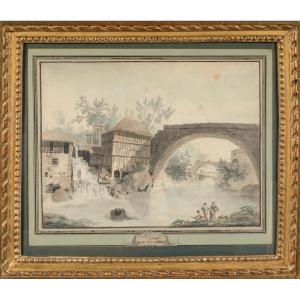

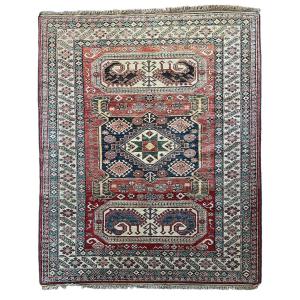
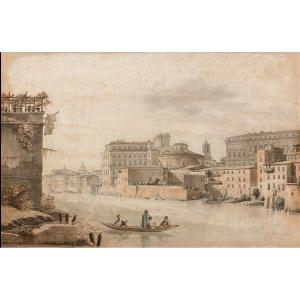


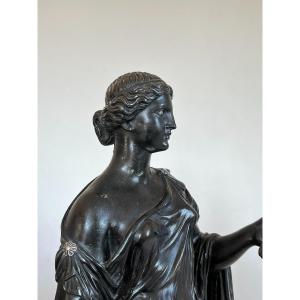





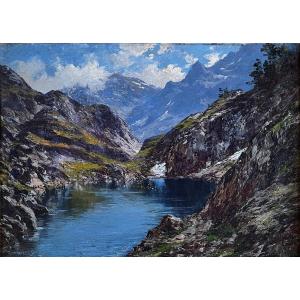

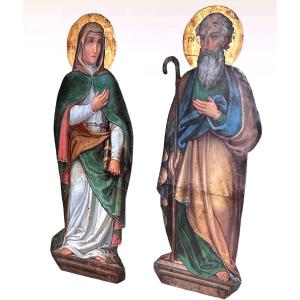







 Le Magazine de PROANTIC
Le Magazine de PROANTIC TRÉSORS Magazine
TRÉSORS Magazine Rivista Artiquariato
Rivista Artiquariato